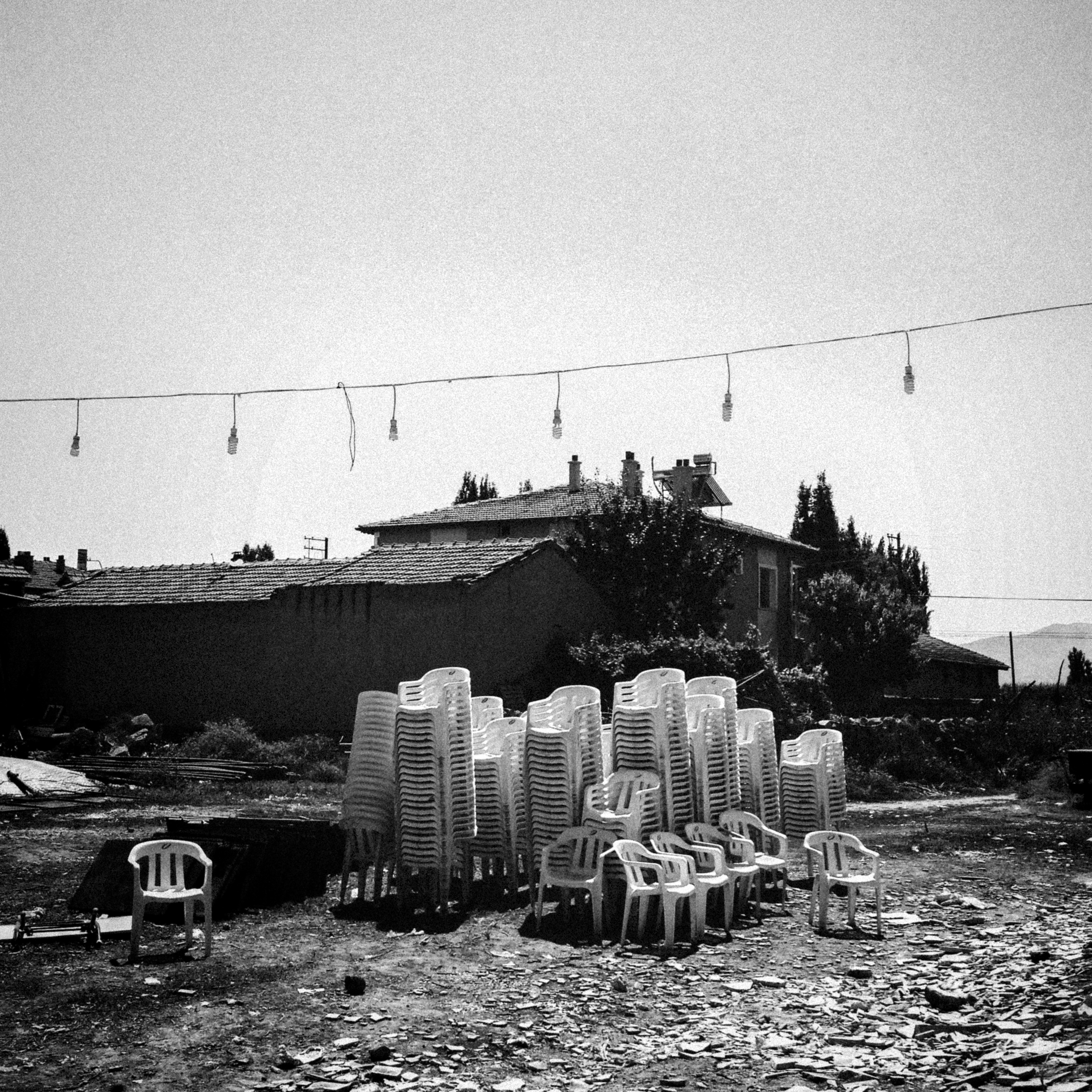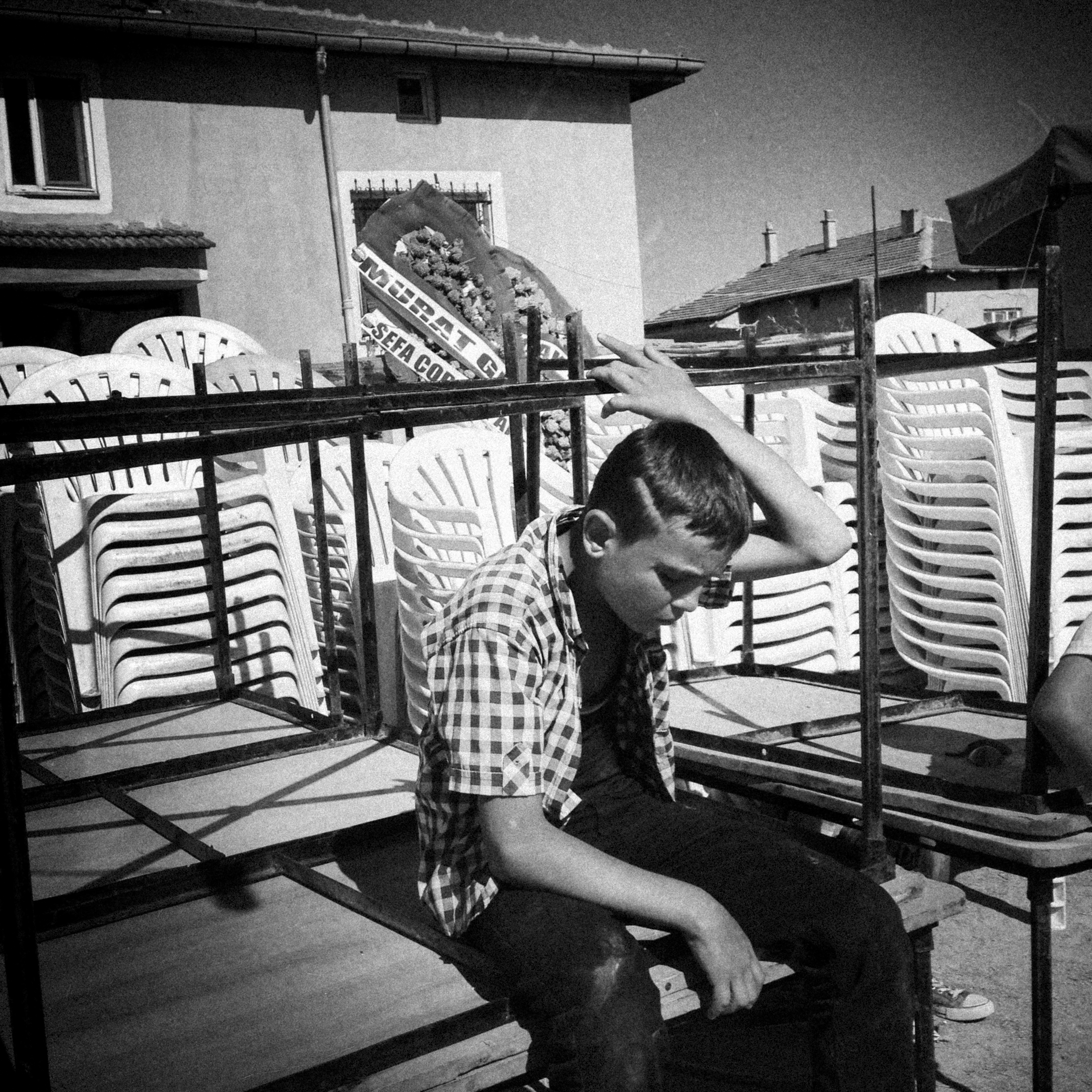All images © Mehmet Malkoç
Mehmet Malkoç spends long periods with guests in rural settings, allowing his photojournalistic style to permeate
Mehmet Malkoç got into image-making when he was at high school in Turkey, shooting street photography and documentary on 35mm film. Taking a year out before university, he found work in a photo studio where he mostly photographed and filmed weddings and special occasions. He studied painting at Afyon Kocatepe University, western Turkey, but the photography bug had bitten hard, so over his five-year course, he also worked part-time for a local newspaper, and joined the photo agency he still belongs to: Depo Photos.
Over the last decade Malkoç has photographed many hard-hitting events, including the devastating earthquake in Turkey in 2023. “I try to follow important developments in the country,” he says. “The earthquakes that occurred on 06 February 2023 have been described as the worst disaster for a century and became part of history. I learned about it about half an hour after it happened and, driven by the urge to be there, prepared my equipment and set off. After a challenging journey in the winter months, I arrived in Antakya after about 20 hours. I spent 15 days there.”
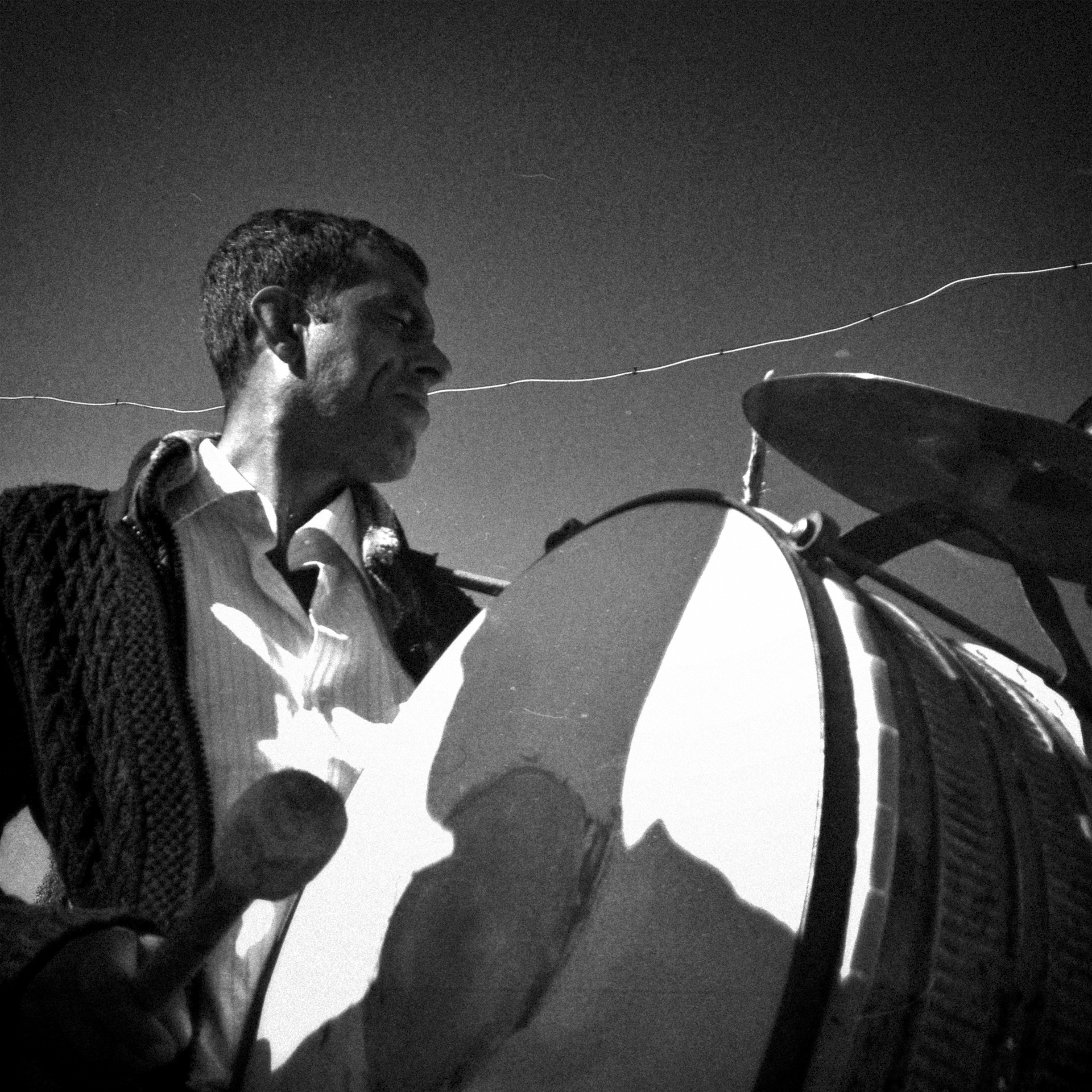
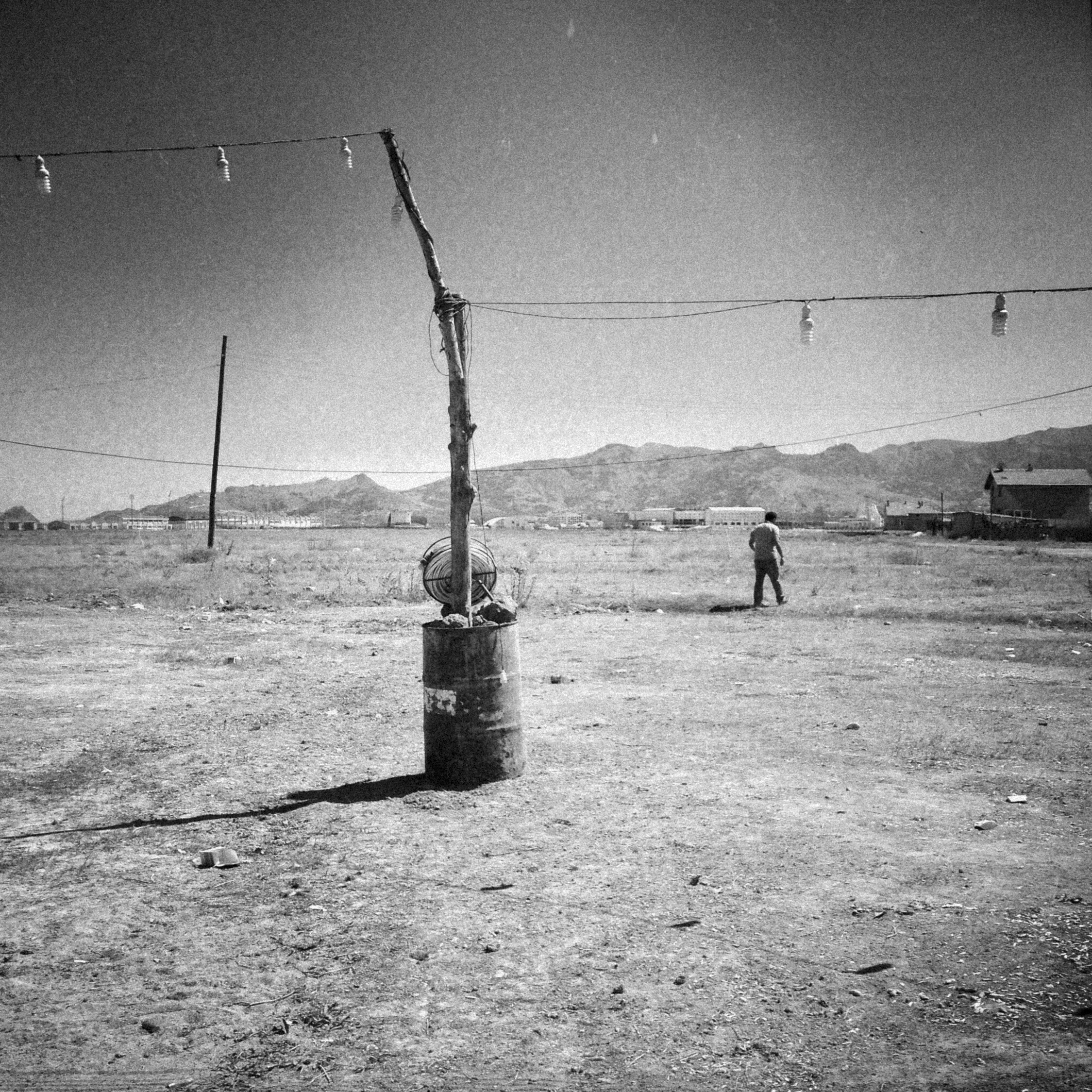
“People earn their living through agriculture and livestock and, although not significantly different, each village has its own customs and traditions”
Back when he was at university, Malkoç also had a holiday job, working for another photo studio where again he shot and filmed weddings. It is a sideline he has continued to this day to help support himself and, as he points out, many photojournalists and documentary photographers have had to do something similar – even William Klein at one time working in fashion photography. “Unfortunately we are all aware that documentary and news photographers aren’t highly valued; many photojournalists and documentary photographers have had to create resources and budgets by working in different professional fields,“ he says. “Currently I operate a small photography studio specialising in wedding photography.”
When on commission, Malkoç aims to meet the needs of the couples he is depicting, or the newspapers who will ultimately publish his work. But photography is also a means of self-expression for him, so he fits in personal work during his downtime on location. The images shown here were shot at rural weddings in Afyonkarahisar in 2015–16, alongside the photographs and films he was making on commission. The villages are deep in the Turkish countryside and weddings there tend to last for several days. With little public transport, on arrival at the local bus station, Malkoç would be picked up and hosted by guests and locals. In his photographs he tries to document the relationship between these people, time and space, he says, to record elements which might seem ordinary to them but hold “significant aesthetic and conceptual value when observed from an outsider’s perspective”.
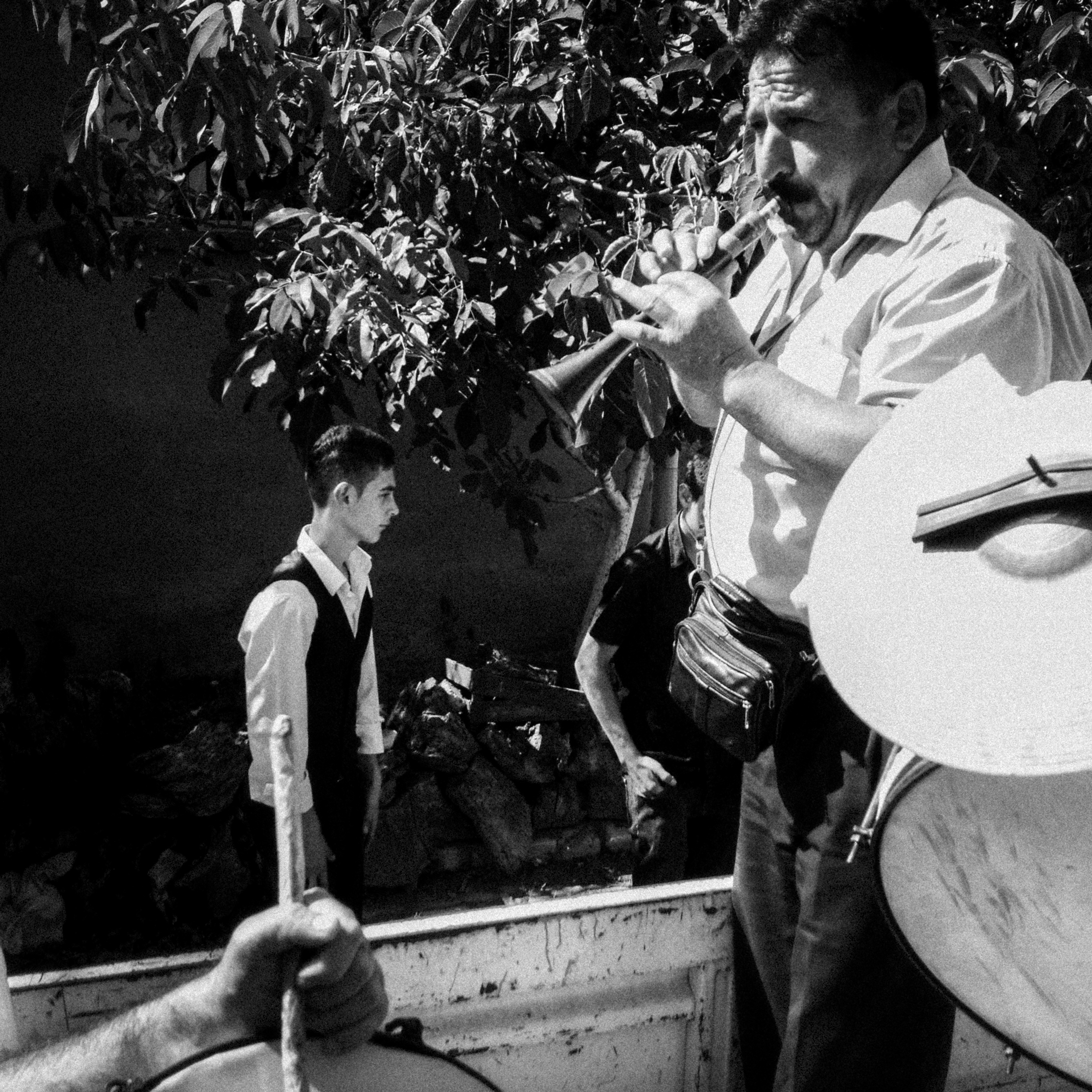
Music is an essential element of these weddings and, while traditions vary from village to village, games are usually played to the accompaniment of instruments such as the saz, drum and darbuka. Musicians and children are always present, so they feature prominently in Malkoç’s series. “People earn their living through agriculture and livestock and, although not significantly different, each village has its own customs and traditions,” says Malkoç. “Even today, many Turkish customs include shamanic traditions.”
Alongside shooting weddings and photojournalism on commission, Malkoç will continue to pursue his personal work – despite not knowing what to do with it, and despite his firm belief that an unseen image is tantamount to an unshot image. “I’m working more on documentary photography projects that reflect people’s lifestyles,” he says. “Ones that are individually focused and contain traces of the era.”
